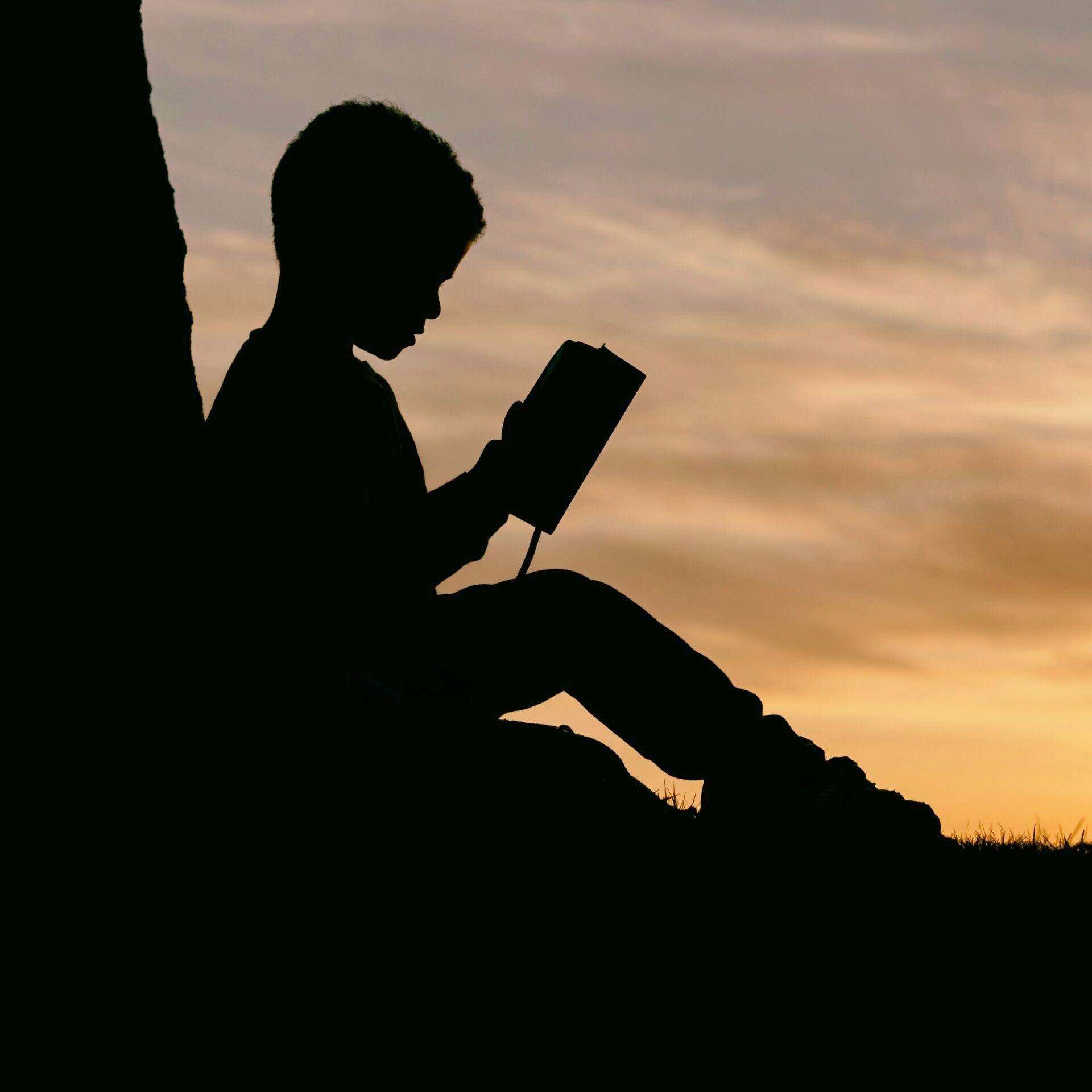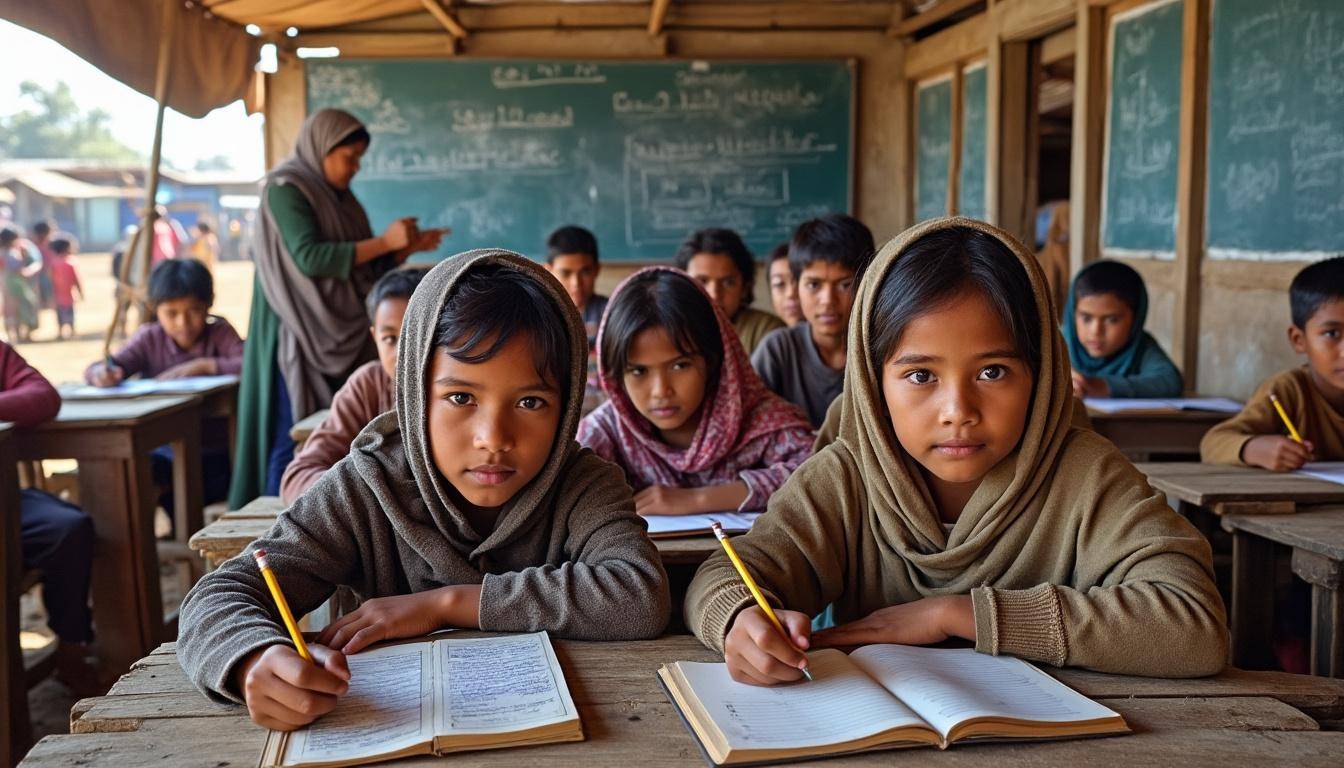The Rohingya refugee crisis in Bangladesh has precipitated a severe educational emergency, compounded significantly by recent cuts in foreign aid. These reductions have severely limited access to education for over 437,000 Rohingya children living in congested refugee camps. Human Rights Watch (HRW) has sounded alarms about the deepening crisis, as many community-led schools that once served these children have been forced to close. The consequences of these funding shortfalls underscore the urgent need for sustained international commitment and innovative solutions to ensure these vulnerable children receive quality education despite adversity.
Foreign aid cuts worsen educational crisis for Rohingya children in Bangladesh
Humanitarian aid reductions by key donors, including the United States, have had a profound impact on the already fragile education system in Rohingya camps. Organizations such as UNICEF, Save the Children, and World Vision had been instrumental in running community schools and providing educational materials before these cutbacks.
- Approximately 437,000 school-age Rohingya children face limited or no access to formal education.
- Many community-led schools have shuttered due to lack of funding, impairing learning continuity.
- Restrictions on accredited education and bans on refugee children attending nearby Bangladeshi schools compound the issue.
Such circumstances not only halt educational progress but threaten the psychosocial well-being of children, hindering essential developmental milestones. For more insights into ongoing educational challenges faced by Rohingya children, visit this detailed report.
Community-led educational initiatives as a response to aid reductions
As formal schools close, Rohingya community educators, often trained via agencies like Plan International and CARE International, have taken a grassroots approach to keep education alive. These initiatives include:
- Establishing informal, non-accredited learning centers within camp areas.
- Engaging community volunteers eager to teach essential skills despite limited resources.
- Employing culturally relevant pedagogy to support children’s identity and resilience.
However, the lack of official recognition limits funding opportunities and the potential for quality improvements. As highlighted by HRW, international donors should prioritize Education Cannot Wait programs tailored to refugee contexts and integrate Rohingya educators into leadership roles, ensuring culturally sensitive and sustainable education solutions.
Global efforts to restore educational opportunities amid funding constraints
Efforts by international coalitions such as the Global Partnership for Education and the International Rescue Committee aim to plug the aid gaps and innovate under pressure. Their actions focus on:
- Mobilizing emergency funds dedicated to refugee education and psychosocial support.
- Utilizing technology to enhance teacher training and student engagement.
- Advocating for policy reforms allowing refugee children access to formal education systems in Bangladesh.
Technology plays an increasingly vital role in these contexts. For example, digital platforms can empower teachers within camps to design interactive lessons, even under constrained circumstances. Learn more about how technology can transform educational outcomes at this resource.
Building resilience and promoting lifelong learning for displaced Rohingya youth
Ensuring educational access for Rohingya children extends beyond basic literacy and numeracy. It is critical to foster resilience and lifelong learning, encouraging children to overcome trauma and instability. Key strategies include:
- Integrating social-emotional learning into curricula to support mental health.
- Providing vocational training and life skills development alongside academic teaching.
- Encouraging parental and community involvement to strengthen learning support networks.
The initiatives supported by organizations like Oxfam enhance the holistic development of refugees, helping them envision a hopeful future. To explore effective lifelong learning approaches that can inspire displaced children, visit this insightful article.


